Premium Only Content
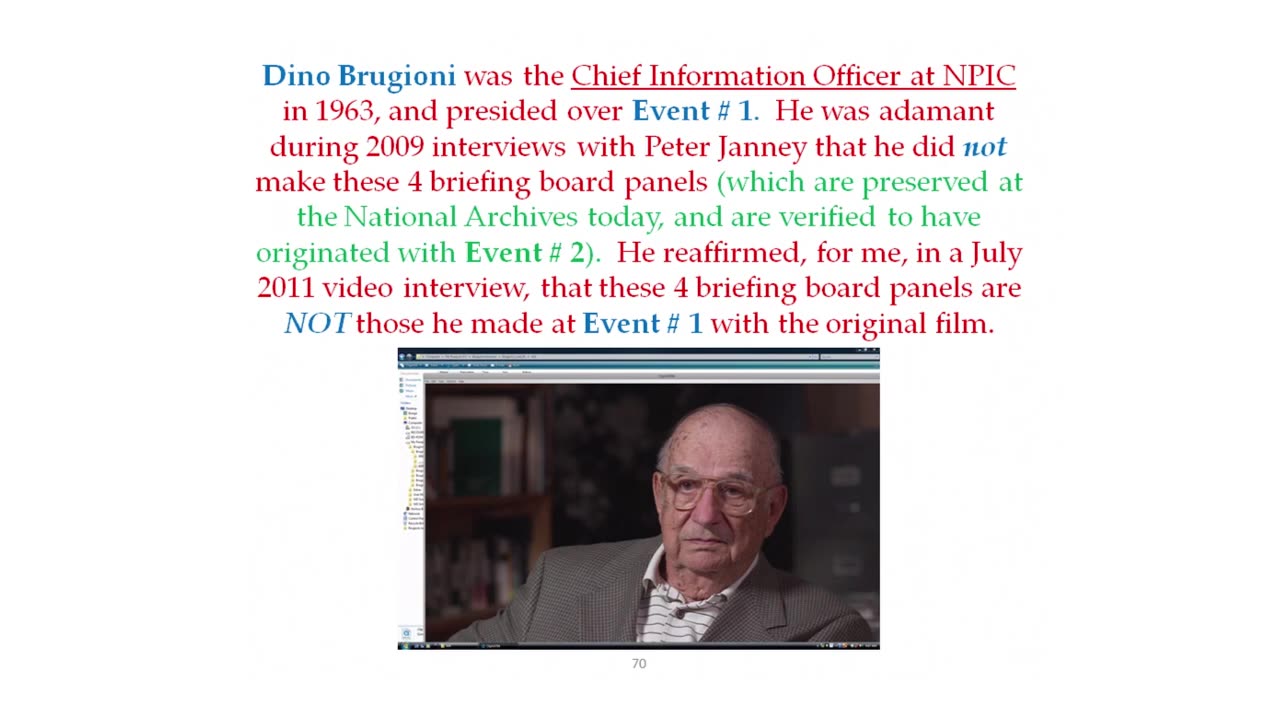
Major Zapruder Film Chain of Custody Discrepancies
Hofeling:
"Here is a summarized version of Doug Horne's presentation on the chain of custody issues surrounding the Zapruder film with timestamps:
- (00:00) Doug Horne's Background: Doug Horne worked for the Assassination Records Review Board from 1995 to 1998, initially as a senior analyst and later as the chief analyst. He published a five-volume book in 2009 addressing the JFK assassination, including the alteration of the Zapruder film.
- (00:39–02:42) Sale of the Zapruder Film: On November 23, 1963, Life Magazine purchased the rights to print stills from the Zapruder film for $50,000. The film was sent to Chicago but was diverted to Washington, D.C., on the same day, raising questions about the film’s handling and its chain of custody.
- (02:42–04:48) Chain of Custody Problems: After being sold to Life, the original Zapruder film was sent to the CIA's National Photographic Interpretation Center (NPIC) in Washington, D.C. on the evening of November 23. The film was worked on by a different crew than the one that had processed it the previous night, which suggests alteration of the camera-original film.
- (04:48–09:27) Potential Alteration at NPIC: Horne argues that the film delivered to NPIC was not the original 8mm film but a 16mm reproduction. The NPIC crew was told that the film had been developed at Kodak's secret Hawkeye Works facility in Rochester, but Horne claims that the film delivered to them was likely altered, with inconsistencies in format and image orientation.
- (03:51–15:30) Life Magazine’s Low-Quality Images: The initial issue of Life Magazine (November 29, 1963) featured fuzzy, black-and-white images from the Zapruder film. Horne believes this was because Life did not yet have access to the altered version of the film and had to rely on early, low-quality prints for its publication.
- (15:30–18:23) Film Alterations and Rushed Process: Horne concludes that the alterations to the Zapruder film were rushed and done in a limited manner, likely using optical printers and aerial imaging. These alterations were intended to create a narrative that matched the official version of events, though the process was not perfect.
- (19:30–30:43) Testimony of Dino Brugioni: Dino Brugioni, a key figure at NPIC, later described discrepancies between the Zapruder film he viewed in 1963 and the version available today. When shown a frame of the film in 2009, Brugioni confirmed differences, particularly regarding the appearance of the head wound, supporting the theory that the film had been altered.
- (30:43–42:28) Conclusion on Film Alteration: Horne asserts that the current Zapruder film, as held in the National Archives, has been altered to obscure details of the assassination, particularly the head wound, and to support the lone gunman theory. The alterations were done quickly and imperfectly, and critical evidence like the first set of original briefing boards has been suppressed or disappeared.
- (36:36–42:28) Dino Brugioni’s Role and Integrity: Despite the suppression of evidence, Dino Brugioni’s testimony remains credible. He maintained that the version of the film shown to the public today did not match the original film he worked with in 1963, reinforcing Horne's claim that the film was manipulated to alter key details of the assassination.
___________
Excerpt from Sep 18, 2014 'Altered History: Exposing Deceit and Deception in the JFK Assassination Medical Evidence'
-
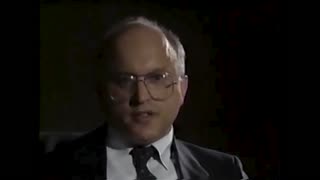 23:37
23:37
Election Fraud Videos
3 days agoAutopsy Portion of JFK an Unsolved Murder- O'Connor, D.David, Rike, Riebe, Custer, Lifton
118 -
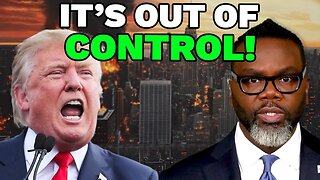 DVR
DVR
Stephen Gardner
58 minutes ago🚨CHICAGO Mayor PISSED as Residents BEG Trump to send National Guard
9.23K -
 LIVE
LIVE
The HotSeat
1 hour agoChristian School Shooting in Minnesota – Faith Under Fire & Prophecy Being Fulfilled
689 watching -
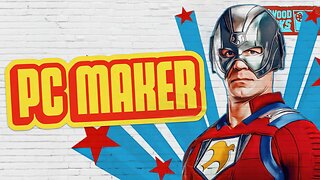 LIVE
LIVE
Film Threat
16 hours agoPEACEMAKER BLOWS GUNN'S DC! PLUS ALIEN: EARTH AND DEXTER RESURRECTION | Hollywood on the Rocks
70 watching -
 1:05:34
1:05:34
The Kevin Trudeau Show Limitless
6 hours agoKevin Trudeau Uncensored The Untold Story Of Wealth, Health & Business Success
2.77K -
 LIVE
LIVE
StoneMountain64
3 hours agoHUNTING FOR THE FIRST WIN BACK ON WARZONE
467 watching -
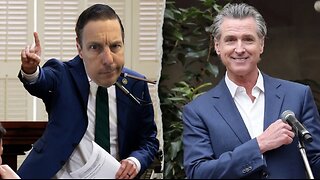 1:08:28
1:08:28
Jeff Ahern
2 hours agoNever woke Wednesday with Jeff Ahern
17.7K -
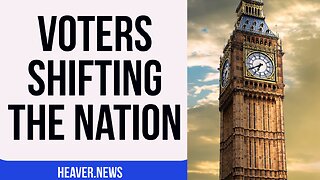 4:38
4:38
Michael Heaver
6 hours agoBetrayed UK Reaches CRITICAL Moment
19.3K8 -
 39:13
39:13
SGT Report
17 hours agoAMERICA'S ZIMBABWE FUTURE -- Guy Gotslak
40.1K24 -
 1:13:02
1:13:02
Simply Bitcoin
5 hours ago $4.59 earnedINSIDER CONFIRMS 1M Bitcoin Buy INCOMING!! | EP 1319
59.5K3